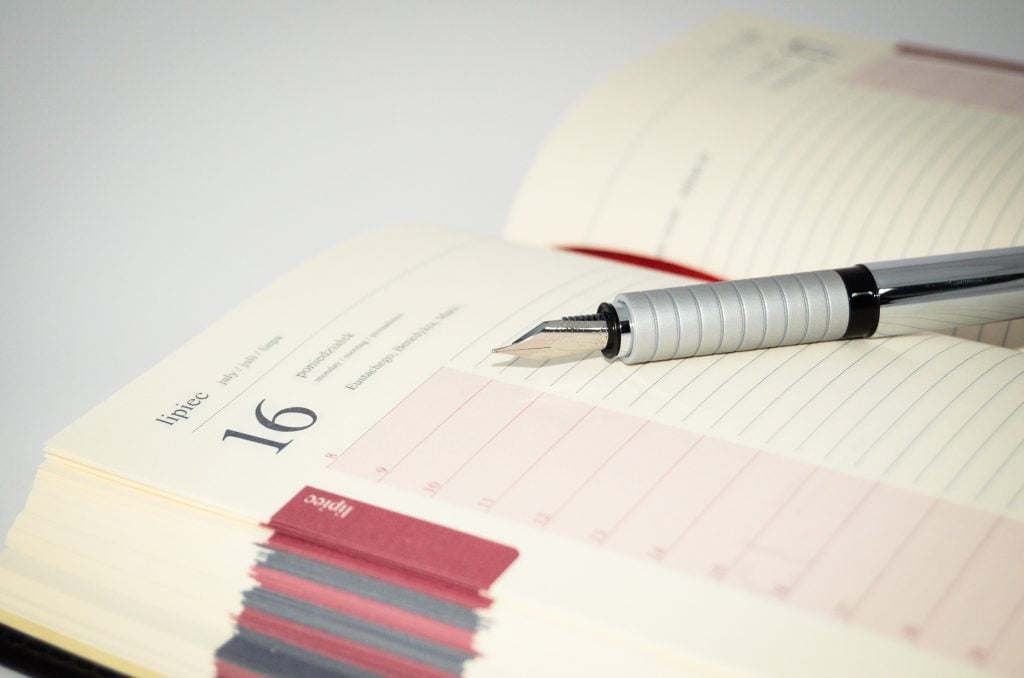Managing time doesn’t work, but this does….
Imagine this… a typical day begins
You made a plan. The report is due in two days and there is no way you can miss the deadline. The day starts well, you beat the alarm by 15 minutes and by 6:30am you are at the office, pumped and determined. You throw yourself into routine. Coffee while the computer boots up, check emails and answer the priorities. The one you missed yesterday takes an hour to sort. The office around you is starting to fill.

And then just like that…
You need another coffee to help focus, but the phone rings. It’s that one client you can’t ignore, and you must action the request. Another hour has vanished and your line manager beckons from across the room. He has a problem from yesterday, you need to polish it off. Another hour is lost. You want coffee, a little peace and quiet, and the kitchen is now rammed.
What were you thinking!
There is a buzz. Another 40 minutes vanish. By the time you get back to your desk there are 2 missed calls and 5 emails with the dreaded red exclamations. You resign yourself that all is lost.
Try a different approach
The biggest sacrifice we must make is the belief we manage time like Zeus. We think in pure blocks of hours. Undermining our efforts are the unknowns of daily life, compounded by the unconscious security of environmental habits. Have you ever considered that you might be addicted to familiarity and routine?
Forget time, it’s all about space
You don’t manage time, you manage space. Control what you allow into your space with a referee – your diary. Never again do I say “yes” or “no.” Rather, say “let me check my diary, see when space is available.” Space has no boundaries it only has priorities:
- Urgent (day)
- Must do (3 days)
- Limited (1 week)
- Unlimited (< week)
The referee never suggests a time frame. Experience of a task will give you an estimation, yet it is space alone that is vital to complete objectives. In today’s slick culture, driven by the multi-tasker, it isn’t possible for a working professional to allocate hours. Too much can happen in one day. So, we prevent invasion by allocating space that achieves a goal, not a time frame.

Try these simple techniques:
- The sign on the door – Do not disturb.
- The phone switched to voice mail – “I am currently engaged to meet a critical deadline, please leave a message.”
- The automatic email response – I will reply asap
- The diary that never leaves your side – keep that referee close by
- Phone calls made to book regular space to clients and colleagues – get ahead
- Send a postcard – “I am working from a coffee shop today”
- Fill your space with productivity, efficiency and performance. Take control, claim your space and never look back….
If you’re interested in improving your time management skills, be sure to check out our time management training courses.

